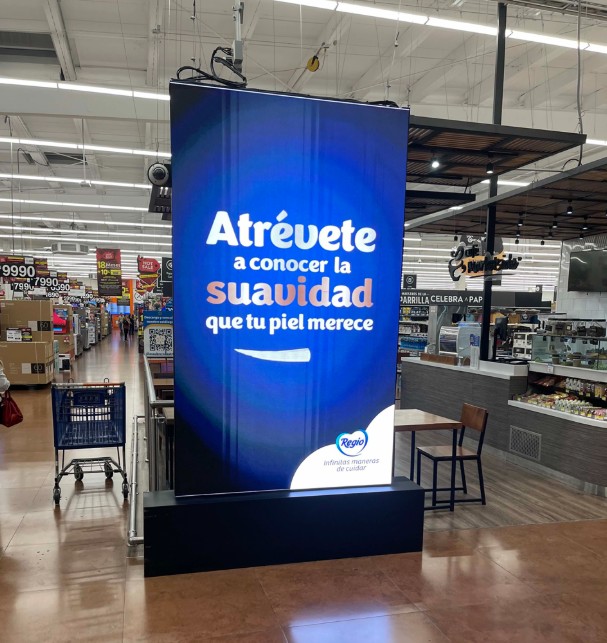Walk into a modern flagship store today and you’ll notice that shopping feels very different from even a few years ago. Towering LED walls greet you with vibrant visuals, soft background music sets the mood, and sometimes a virtual mirror invites you to try on clothes without ever stepping into a fitting room. Retail is no longer only about selling products—it’s about creating experiences that stay with customers long after they leave the store. This transformation is being powered by audiovisual (AV) technologies, with digital signage leading the way and immersive innovations expanding what’s possible.
Digital signage has become a staple in retail, and for good reason. Instead of static posters, retailers can deliver real-time, eye-catching content that adapts to promotions, seasons, or even the weather. Walking through a shopping mall, you might see a dynamic display updating instantly to highlight a flash sale, or a supermarket screen directing customers toward fresh arrivals.
These examples highlight how digital signage is more than a communication tool—it influences customer journeys and strengthens brand perception.

Walmart installed digital signage for better shopping experience and advertising.
But the retail journey doesn’t stop at digital signage. Many brands are exploring immersive AV solutions that blend the physical and digital worlds:
A striking example comes from Nike’s experiential stores, where giant screens and interactive zones let customers feel part of the brand’s sports culture. Similarly, Westfield shopping malls in London and Los Angeles have invested in massive LED domes and immersive tunnels that make the mall itself a destination, encouraging longer visits and higher retail sales.
What makes these experiences possible are breakthroughs in AV technology:
Investing in audiovisual retail experiences isn’t just about looking futuristic—it drives measurable results:
Of course, there are challenges. High installation costs, constant demand for fresh content, and the need for seamless integration with existing systems can be barriers. Yet the momentum is undeniable. Future trends point to:
Retail is being redefined by audiovisual innovation. From Walmart’s real-time promotions to Nike’s immersive sports culture and Sephora’s AR try-ons, brands are proving that AV isn’t just decoration—it’s a driver of engagement and sales. From digital signage that delivers instant updates to immersive environments that delight and surprise, AV technologies are helping brands transform shopping into something unforgettable. For retailers, the question is no longer whether to invest in AV—it’s how to use it creatively to craft experiences that customers will remember, share, and come back for.